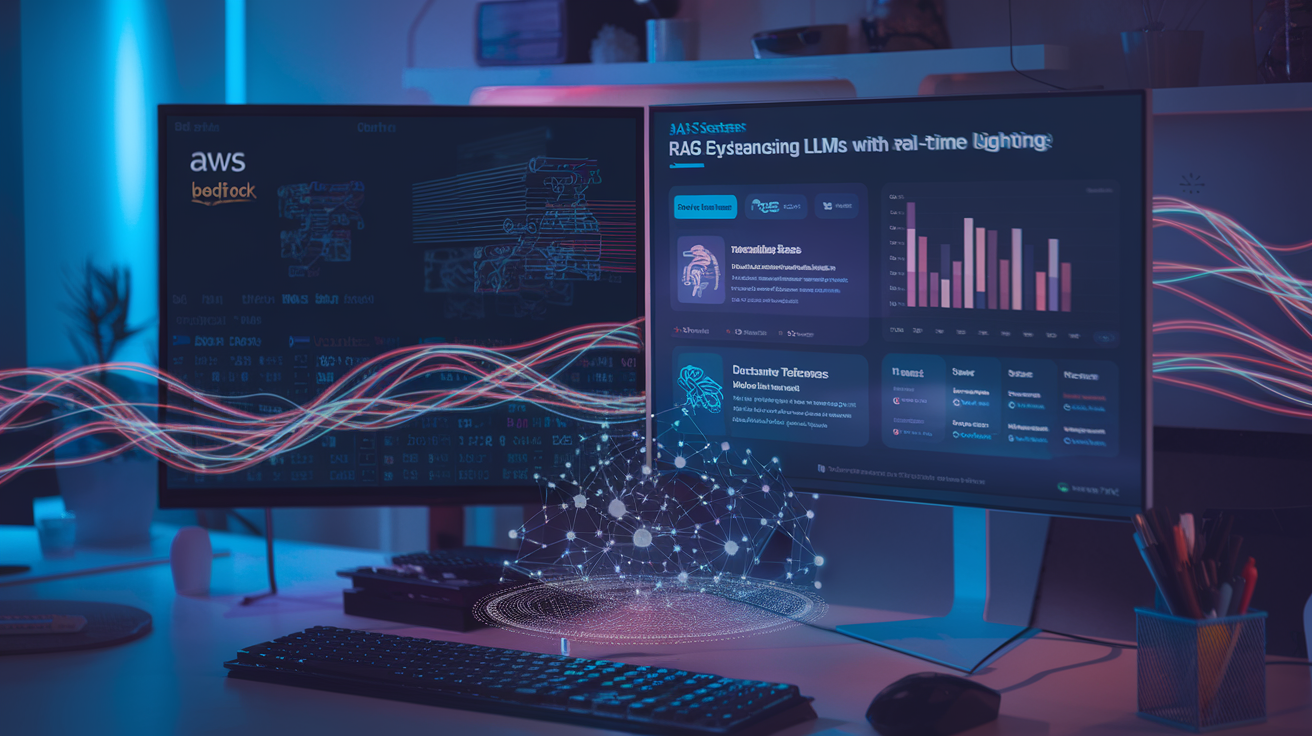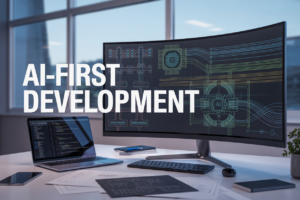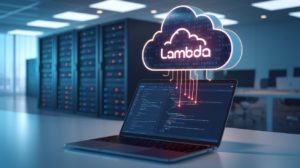You’ve spent countless hours setting up deep learning environments only to hit compatibility issues or performance bottlenecks. Frustrating, right?
What if you could skip the setup headaches and focus on actually building models that matter? That’s exactly what Databricks offers for data scientists and ML engineers.
Deep learning in Databricks combines simplified workflows with enterprise-grade infrastructure, letting you scale from prototype to production seamlessly. No more wrestling with package conflicts or GPU configuration nightmares.
The platform’s unified analytics approach means your deep learning projects benefit from the same data your organization already uses for analytics – creating a shorter path from insight to impact.
But here’s what most teams miss when first implementing Databricks for deep learning projects…
Understanding Deep Learning Fundamentals in Databricks
A. Key Deep Learning Concepts for Data Scientists
Neural networks, activation functions, backpropagation – sound complicated? They’re actually not that bad once you break them down. Databricks handles the heavy lifting so you can focus on building models that actually solve business problems. No PhD required – just curiosity and willingness to experiment with different architectures.
B. How Databricks Simplifies Deep Learning Workflows
Databricks isn’t just another notebook environment – it’s your secret weapon for deep learning. The platform streamlines everything from data prep to model deployment with built-in distributed computing that scales automatically. You’ll spend less time wrestling with infrastructure and more time creating models that drive real impact.
C. Comparing Databricks to Other Deep Learning Platforms
| Feature | Databricks | Traditional Platforms |
|---|---|---|
| Scalability | Auto-scaling clusters | Manual configuration |
| Integration | Seamless MLflow tracking | Separate tools needed |
| Collaboration | Real-time team workspaces | Limited sharing options |
| Performance | Optimized for distributed DL | Often single-node focused |
Setting Up Your Databricks Environment for Deep Learning
A. Creating and Configuring Clusters with GPU Support
Setting up Databricks for deep learning isn’t rocket science. First, create a cluster with GPU instances – look for the “GPU” label when selecting node types. Make sure to choose a runtime that includes CUDA drivers. Specify the number of GPUs based on your model complexity and training data size.
Data Preparation Strategies for Deep Learning in Databricks
Data Preparation Strategies for Deep Learning in Databricks
A. Leveraging Delta Lake for Reliable Data Storage
Ever tried building a deep learning model on shaky data? Nightmare city. Delta Lake in Databricks changes the game by providing ACID transactions, schema enforcement, and time travel capabilities. You can version your datasets, roll back changes, and maintain data quality—absolutely critical when training complex neural networks that amplify even tiny data issues.
Building Deep Learning Models in Databricks
A. Integrating Popular Frameworks (TensorFlow, PyTorch, Keras)
Databricks makes integrating major deep learning frameworks dead simple. Just install libraries with %pip install and you’re rolling. Want TensorFlow? PyTorch? Keras? They all play nice with Databricks’ distributed architecture. No more compatibility headaches or version conflicts to slow you down.
B. Distributed Model Training Approaches
Databricks shines when training massive models across clusters. HorovodRunner parallelizes your PyTorch or TensorFlow workloads with minimal code changes. Imagine slashing training time from days to hours. Your boss will think you’re a wizard (don’t correct them).
C. Transfer Learning Techniques to Accelerate Development
Why build models from scratch when transfer learning gets you 80% there instantly? Databricks makes it trivial to import pre-trained models like BERT or ResNet. Add a few custom layers, fine-tune on your domain data, and boom—production-ready performance without the computational marathon.
D. Implementing Custom Architectures
Sometimes off-the-shelf models won’t cut it. Databricks gives you complete freedom to craft custom neural architectures. Define complex network topologies, implement specialized layers, and experiment with cutting-edge research—all while leveraging the platform’s distributed computing power for training.
Model Training and Optimization Techniques
Hyperparameter Tuning at Scale
Training deep learning models in Databricks isn’t just about throwing compute at problems. Smart tuning makes all the difference. With Databricks’ distributed architecture, you can test hundreds of parameter combinations simultaneously, cutting days off your experimentation time. No more waiting around while your model tries different learning rates.
Leveraging MLflow for Experiment Tracking
MLflow saves your sanity when juggling multiple deep learning experiments. Track every run, parameter, and metric automatically without the spreadsheet chaos. Compare models side-by-side with a few clicks instead of digging through logs. Your future self will thank you when trying to remember why that LSTM outperformed your transformer three months ago.
Monitoring and Debugging Training Processes
Ever had a model crash after training for hours? Painful, right? Databricks’ real-time monitoring lets you catch problems early – before wasting precious compute time. Watch training metrics live, spot divergence issues, and kill problematic runs before they drain your resources. It’s like having x-ray vision into your training process.
Preventing Overfitting with Regularization Strategies
Deep learning models love memorizing training data too much. Combat this with strategic regularization in Databricks. Dropout layers, L1/L2 penalties, and early stopping work wonders. The platform makes implementing these techniques seamless, letting you focus on building models that actually work in production, not just on your test set.
Deploying Deep Learning Models in Production
Model Serving Options in Databricks
Databricks gives you three solid options for serving models: real-time endpoints for immediate predictions, MLflow for simple deployments, and Spark jobs for batch processing. Each fits different needs – pick real-time when speed matters, MLflow for quick setup, or batch when processing mountains of data.
Creating Real-Time Inference Endpoints
Getting real-time predictions in Databricks is surprisingly straightforward. Just register your model in MLflow, click “Enable Serving,” configure compute resources, and boom – you’ve got an HTTPS endpoint ready to go. No messing with containers or Kubernetes required.
Batch Inference for Large-Scale Predictions
When you need to score millions of records, batch inference is your friend. Load your trained model, apply it to a massive DataFrame, and let Spark’s distributed processing handle the heavy lifting. Schedule these jobs to run nightly and keep predictions fresh.
Model Versioning and Lifecycle Management
MLflow tracks every version of your model automatically. Tag production models, compare performance metrics, and roll back instantly if something breaks. This audit trail becomes invaluable when regulators come knocking or when debugging production issues.
Ensuring Security and Compliance
Databricks bakes security into model deployment with built-in encryption, role-based access controls, and audit logging. Models inherit workspace security policies, making compliance with regulations like GDPR and HIPAA far less painful than building these protections yourself.
Performance Optimization and Scaling
Distributed Training Across Multiple Nodes
Training deep learning models in Databricks can be painfully slow on a single node. Distributing your workload across multiple nodes is a game-changer. Just split your data, parallelize the training, and watch your training time drop from days to hours. The performance boost is worth the slight configuration overhead.
Memory Optimization Techniques
Running out of memory mid-training? Been there. Try gradient checkpointing to trade computation for memory, batch size adjustments to control memory usage, and mixed precision training to slash memory requirements in half. These tweaks let you train larger models without upgrading your hardware.
Leveraging Horovod for Multi-GPU Training
Horovod makes multi-GPU training dead simple in Databricks. It handles all the messy communication between GPUs so you don’t have to. With just a few lines of code, you can scale from one GPU to dozens, getting near-linear speedups. No PhD in distributed systems required.
Cost Management Strategies for Deep Learning Workloads
Cloud bills giving you nightmares? Smart cluster management is your answer. Use spot instances for non-critical training, autoscaling to match resource needs, and cluster hibernation during downtime. My favorite trick: schedule training during low-demand hours for better pricing.
Databricks provides a powerful platform for implementing deep learning workflows, from initial setup to production deployment. As we’ve explored, successful deep learning in Databricks requires understanding fundamental concepts, properly configuring your environment, implementing effective data preparation strategies, and applying appropriate model training and optimization techniques. The platform’s unified analytics architecture makes it particularly well-suited for scaling deep learning applications while maintaining performance.
Remember that deep learning in Databricks is an iterative process that improves with experience. Start with the foundation we’ve covered, experiment with different approaches, and continuously refine your workflows. Whether you’re building computer vision systems, natural language processors, or other AI applications, Databricks offers the tools and scalability to turn your deep learning projects into production-ready solutions that deliver real business value.




















